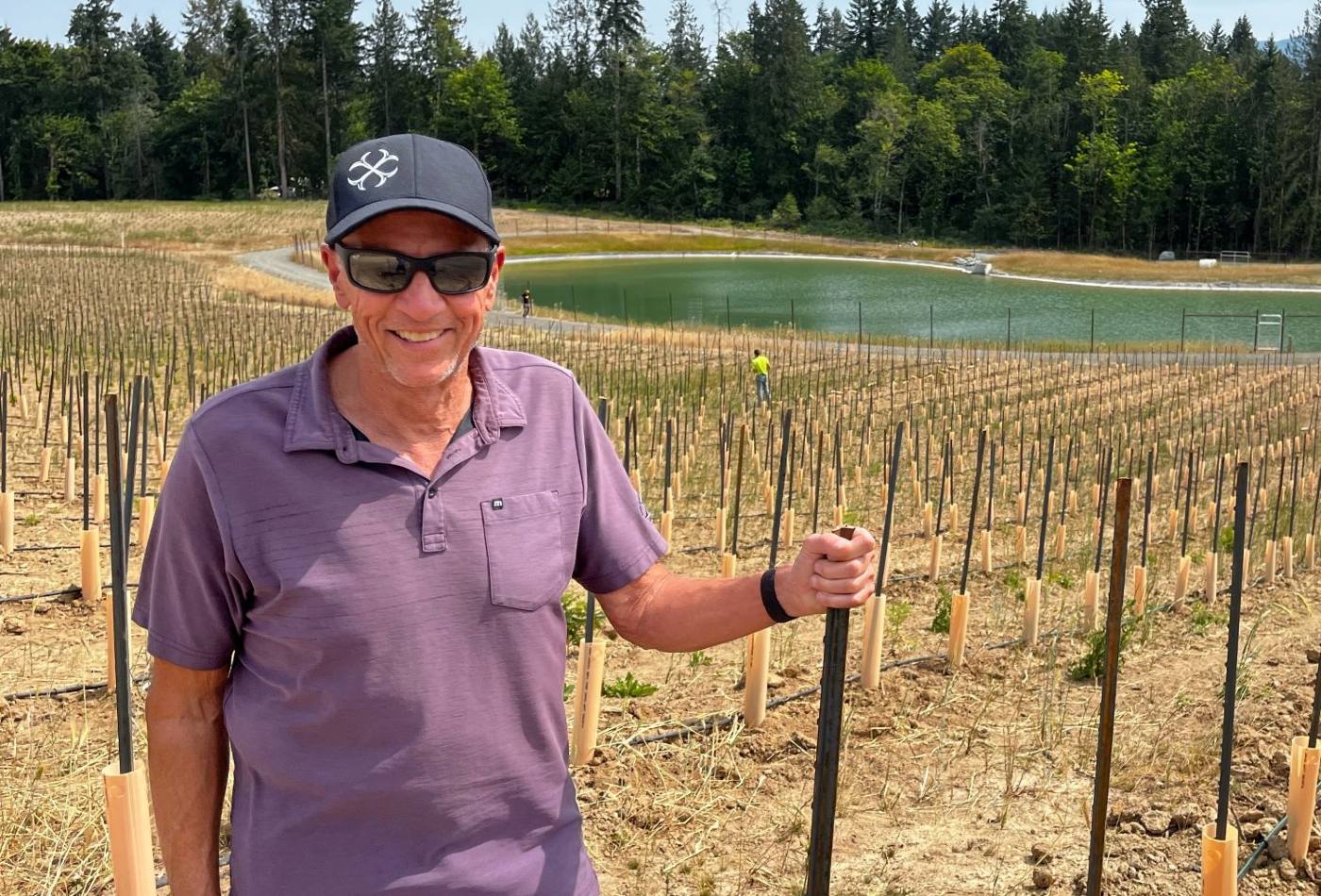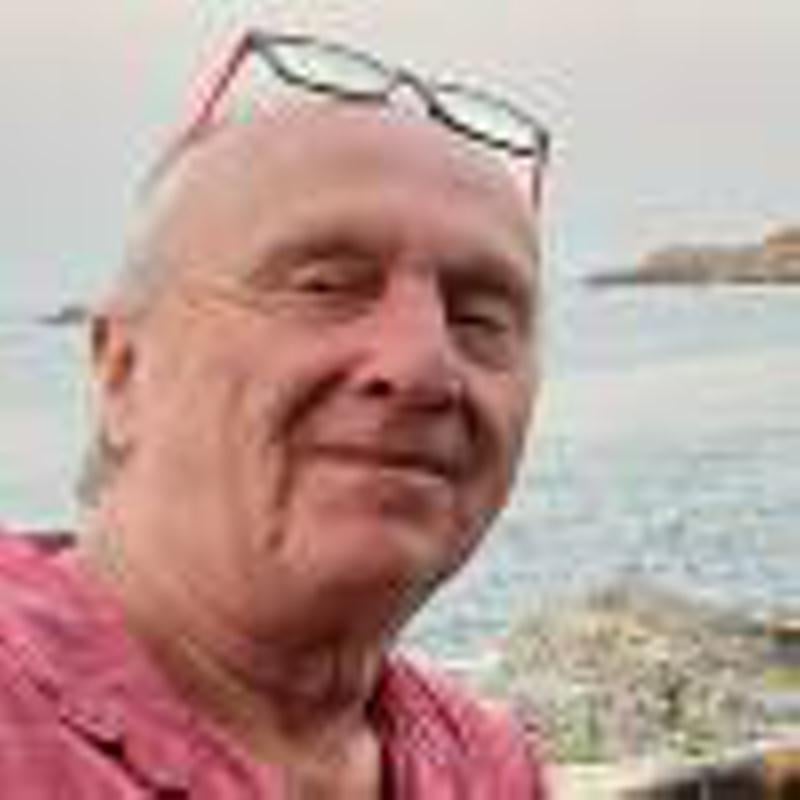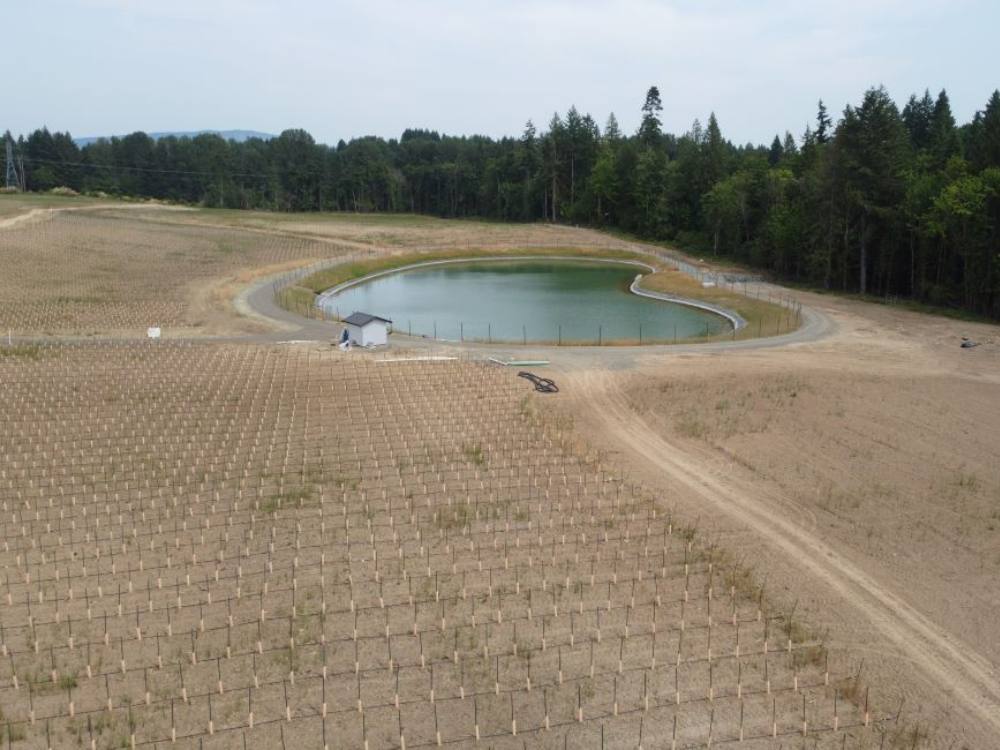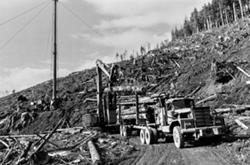It took a harvesting machine just a week to remove the forest on 24 hectares of private land off Menzies Road in North Cowichan and set the stage for development of the largest vineyard in the Cowichan Valley.
Where Roosevelt elk once roamed through stands of coastal Douglas fir today sprawl row after row of newly planted vines. In time, grapes will produce pinot noir, chardonnay and gamay noir wine for the California owners.
Barbara Banke, chair and proprietor of Jackson Family Wines, and her daughter, Julia Jackson, purchased Unsworth Vineyards in June 2020 — and the Menzies Road property in October 2020.
Influential wine columnist Anthony Gismondi called the sale “a fantastic coup for Vancouver Island,” adding the new owners have “devoted a lot of resources to protect the environment and to fight climate change, indicating a deep appreciation for a cool climate site.”
But not all Cowichan Valley residents see it that way.
The Menzies Road property falls within the provincial Agricultural Land Reserve, which permitted logging the forest for vineyards.
“Of course, there was a lot of, ‘Why did you have to take the trees down?’” said Unsworth founder Tim Turyk, who manages the vineyard on behalf of the new owners. The fact is, it's in the ALR and a reasonable purchase for the purpose of growing grapes, he said.
Besides, Turyk adds, there’s plenty more forest than farmland on Vancouver Island. According to the Agricultural Land Commission, 115,441 hectares (about 1.4 per cent) of the Island fall within the land reserve.
But the Menzies Road vineyard is located within the smallest and rarest forest type in the province — the coastal Douglas-fir, or CDF, biogeoclimatic zone. This forest is found on southeastern Vancouver Island, the Gulf Islands and pockets of the south coast mainland.
Logging and private land development are among its leading threats, although timber harvesting by California vintners is a new twist.
Pushed by California fire and drought
Jackson Family Wines has wineries and vineyards not just in California, but Oregon, Australia, England, South Africa, France, Italy, Chile, and now B.C.
“They don’t produce mass wines,” Turyk says. “They produce high end.”
Climate change is a factor in the Jackson family choosing milder regions such as the Cowichan Valley for expansion.
Tinder-dry areas such as California are increasingly plagued by wildfires. Smoke can taint grapes to the point they are no longer marketable, as happened in the Okanagan Valley in recent years.
In a separate purchase announced in December 2022, Jackson family members purchased Blue Grouse Estate Winery and Vineyard in the Cowichan Valley, which they describe as a cool-climate maritime wine growing area.
Blue Grouse currently has 12 hectares of vineyards and is developing 14 additional hectares near the Koksilah River.
More than 40 conservation groups and levels of government —including the B.C. Ministry of Forests — are members of the Coastal Douglas-fir Conservation Partnership, committed to “promoting and protecting” this forest type and its associated ecosystems.
The partnership says the CDF “contains more species at risk than any other ecological zone in B.C. (25 globally imperilled species and more than 225 species that are provincially imperilled or threatened).”
North Cowichan, whose Municipal Forest Reserve — also known as the Six Mountains — overlaps more than 5,000 hectares of coastal Douglas fir forest is absent from the partnership.
But that could soon change. On July 19 council voted unanimously to investigate the “financial and resource” impact of joining the organization. Local First Nations will also be consulted.
Coun. Christopher Justice, who proposed the motion, said membership in the partnership “will assist North Cowichan in its biodiversity protection work and community desires for greater emphasis on conservation of its forest landscapes.”
The results of an extensive two-phase public consultation in North Cowichan earlier this year showed 76 per cent support for conservation of the Six Mountains rather than continued status-quo logging.
‘Sustainability is in our DNA’: winemakers
The Menzies Road vineyard shows just how rapidly coastal Douglas fir forests on private land can be lost.
The Jackson family is well known in winery circles and says “sustainability is in our DNA.” The family says it works to preserve wildlife habitat, minimize environmental impact and increase biodiversity.
Jeff Kerley, a forestry consultant hired for the Menzies Road project, said the logged forest consisted mainly of second-growth Douglas fir, with some western red cedar, grand fir, bigleaf maple and arbutus.
A feller buncher removed the forest over about a week. “It’s always shocking when those things show up, and how quickly they work,” he said. A feller buncher is a type of heavy harvesting equipment that can grab, cut and stack a tree — all within a matter of seconds.

Prior to harvest, a survey showed no evidence of provincially red or blue-listed bird species nesting in the forest, Kerley said.
About one-third of the property had already been logged, and parts of the rest were “selectively logged,” he said.
While elk habitat has been lost, the owners maintained a travel corridor between their vineyard and Inwood Creek.
Kerley also notes that the timber was sold and the rest of the forest cover chipped and trucked away rather than burned to avoid air pollution. Non-profits sold a few hundred Christmas trees growing on the site.
“I recommended against burning it,” he said. “You’re surrounded by peoples’ houses and… it would be pretty horrible to live there for a few weeks.”
‘A nice piece of property’
A long driveway leads off Menzies Road to the vineyard, which is almost invisible in the area despite its size. The property is south facing to maximize sunshine. A slight breeze should help prevent mildew from forming on the fruit.
“It’s a nice piece of property, no doubt about it,” Turyk said during a tour of the vineyard.
A gentle slope funnels surface water to a human-made pond with liner at the bottom of the property, where the water is pumped back uphill and into a drip irrigation system.
Turyk acknowledged that the loss of the water-absorbing forest will impact runoff.
Unsworth had only four hectares of its own vineyards, sourcing the rest of its grapes from other growers in the region. The new owners wanted to change that balance and ensure a steady supply of grapes for its operations.
The 24-hectare property will produce 17 hectares of grapes, allowing for access roads, etc.
Turyk said it “cost a fortune” to convert forest to vineyard, but did not provide specifics.
This past spring, the company employed a Quebec-based custom machine that had been working in the Okanagan to plant the vines. It will take five to six years to produce a full crop of grapes.
As Turyk spoke about the future, neighbour Murray Blom dropped by with his big friendly dog, Milo, dripping from a splash in the pond. “If your grapes grew as fast as him, you’d already be making wine,” he joked.
Blom and Milo are accustomed to walking the property, something Unsworth continues to allow. “We’ve always used it as an extension of our back yard and we still do.”
The walk is much different now. “This used to be a forest,” Blom said. “But you know what, it’s better than a subdivision. That’s all I can say about that, really.”
He walked away, then stopped and said over his shoulder: “For what it’s worth, they seem to be pretty good neighbours."
Turyk said in response: “I think in the end they’re gonna look at this and be proud of it and bragging about it one day. Not all.”
Indeed, just ask Rupert Koyote, an organic farmer who owned property adjacent to the Menzies Road property during the vineyard development.
The grinding of wood to clear the land went on for months. “It was intense, very difficult to endure,” said Koyote, who sat on North Cowichan’s Official Community Plan advisory committee. “Big monster machines.”
Beyond the loss of forested wildlife habitat, he said it’s unfortunate the farmland is being used to grow grapes for wine rather than food for the table.
“From my perspective, it’s a real loss.”
One thing’s certain, Koyote said, the Cowichan Valley landscape is in a period of change as wineries increasingly look for new farmland for vineyards.
“The Cowichan has become nationally and internationally known as a next destination for wine land acquisition,” he said. “This is the first demonstrated example.”
And with that change comes the loss of more coastal Douglas fir on private lands. ![]()
Read more: Labour + Industry, Environment
















Tyee Commenting Guidelines
Comments that violate guidelines risk being deleted, and violations may result in a temporary or permanent user ban. Maintain the spirit of good conversation to stay in the discussion and be patient with moderators. Comments are reviewed regularly but not in real time.
Do:
Do not: